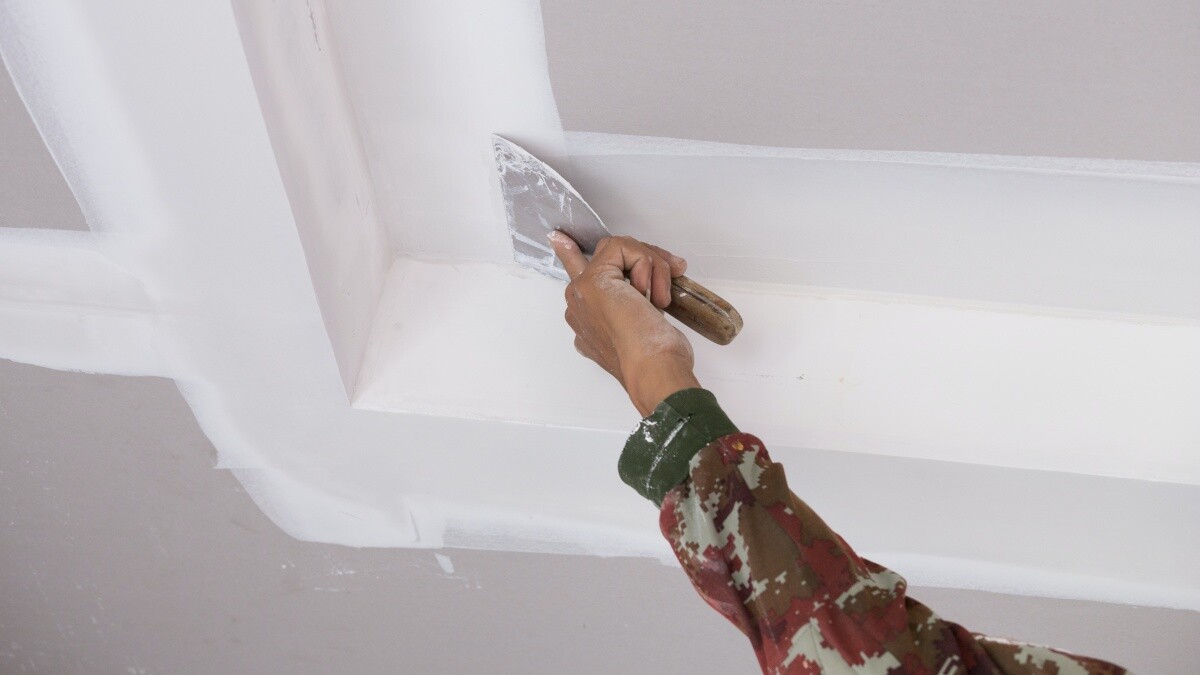Business Plastering: High-Quality Solutions for Office and Retail Spaces
Business Plastering: High-Quality Solutions for Office and Retail Spaces
Blog Article
Key Tips and Devices for Successful Gluing in your house Renovation Undertakings
Attaining a perfect plaster surface in your home enhancement tasks requires a mix of the right devices and tested strategies. Essential executes such as the hawk and trowel are crucial for effective application, while appropriate surface prep work lays the structure for success. Additionally, comprehending the nuances of mixing plaster and applying it in thin layers can significantly impact the last end result. As we explore these essential facets, it comes to be apparent that staying clear of usual pitfalls can boost your plastering skills-- ensuring your following job not only meets yet goes beyond assumptions.
Important Gluing Tools
A plasterer's toolkit is fundamental to achieving a sturdy and smooth finish on wall surfaces and ceilings. The vital devices include a variety of applies designed to assist in the plastering procedure effectively and effectively. Trick elements include a hawk, which is a flat, square device used to hold the plaster while using it to surface areas. This tool enables for easy transportation and application of the material.

In addition, a blending pail is required for preparing plaster, making certain the appropriate consistency before application (Plastering). Together, these important plastering tools make it possible for both specialists and DIY fanatics to attain top quality results in their plastering jobs.
Surface Preparation Methods
Correctly preparing the surface area before plastering is crucial for making certain bond and attaining a remarkable surface. The very first step entails cleaning the surface area to eliminate any kind of dust, grease, or old paint that might hinder the plaster's ability to bond efficiently. A thorough clean with an ideal cleansing solution is recommended, followed by washing and allowing the surface to completely dry totally.
Following, assess the surface for any kind of flaws or cracks. These ought to be full of an appropriate filler substance and enabled to heal according to the manufacturer's instructions. For porous surface areas, applying a primer is important to enhance and develop an uniform structure bond.
Additionally, it is important to make sure that the surface area is secure and structurally sound. Any kind of loosened materials, such as flaking paint or damaged drywall, need to be repaired or removed. Consider making use of a scratch layer to boost hold. if working with stonework surface areas.
Combining Plaster Like a Pro
Using a tidy mixing container, pour the water first, after that progressively add the plaster powder while mixing continually - Plastering. This technique helps to stop clumping and guarantees an even circulation of materials. A mechanical mixer can be helpful, saving and providing constant outcomes time. Go for a creamy, lump-free consistency that allows for easy dispersing but is thick sufficient to hold its shape without running.
Once blended, enable the plaster to relax for a few mins to make it possible for the gypsum crystals to moisten totally. This resting period improves workability and minimizes the danger of fracturing throughout application. By adhering to these steps, you can mix plaster like a professional, setting the foundation for an effective smudging task in your house enhancement ventures.
Application Techniques for Smooth Finishes
With the plaster combination prepared to the optimal consistency, the following action involves picking ideal application approaches to accomplish a smooth coating. This device allows for a fine, also circulation of plaster throughout the surface while lessening trowel marks.
Begin by applying a charitable quantity of plaster to the surface using the trowel, ensuring it adheres well. When the first layer is used, use a sweeping motion to smooth the surface area, using also stress.
For the last touches, a wet sponge can be utilized to improve the surface area even more. Gently haze the plaster with water and gently rub the surface area to attain a sleek effect. Constantly remember to work in tiny sections to keep control over the application procedure, ensuring a smooth, professional finish throughout your plastering job.
Common Mistakes to Avoid
When getting started on a smudging job, preventing typical blunders is crucial for achieving a perfect surface. Guarantee that all dirt, grease, and loosened materials are removed before using plaster.
Another typical find out blunder is applying plaster too heavily. Thick layers can fracture as they dry out, jeopardizing the honesty of the surface. Rather, choose multiple slim layers, permitting each layer to completely dry entirely before applying the following.
In addition, inadequate blending strategies can cause irregular structure and workability. Always adhere to the maker's directions for mixing ratios and thoroughly blend the plaster to achieve an uniform consistency.

Timing likewise plays a crucial function; plaster should be applied while the substrate is damp to enhance attachment. Premium trowels and drifts can make a considerable difference in accomplishing a smooth surface.
Conclusion
Efficient plastering requires a comprehensive understanding of crucial devices and techniques. By using correct devices, ensuring meticulous surface preparation, and sticking to suggested blending proportions, optimal outcomes can be accomplished. Employing appropriate application methods better boosts the finish, while recognition of common blunders can prevent setbacks. Mastery of these components not only adds to the aesthetic allure of a space however likewise makes certain longevity and durability in gluing jobs, making them essential to successful home improvement ventures.
A float is an additional crucial device, which helps in leveling the plaster and attaining an uniform surface area.

By following these steps, you can blend plaster like a pro, establishing the foundation for a successful plastering project in your home enhancement endeavors.
Gently haze the plaster with water and carefully scrub the surface area to attain a refined result.
Report this page